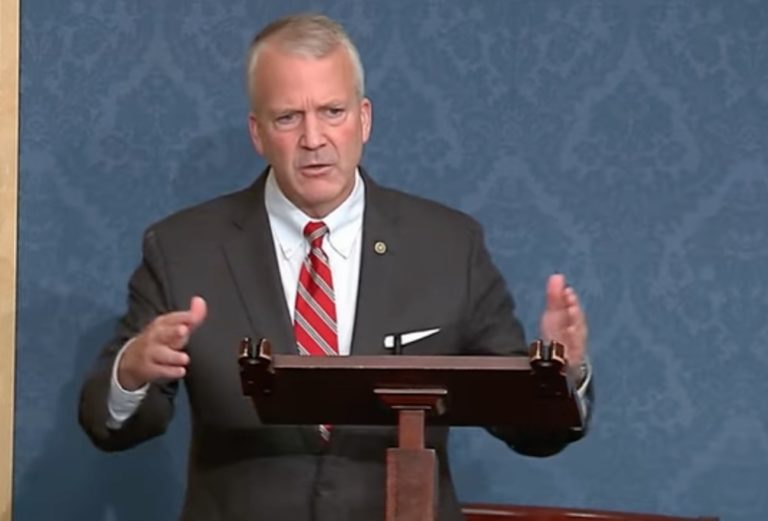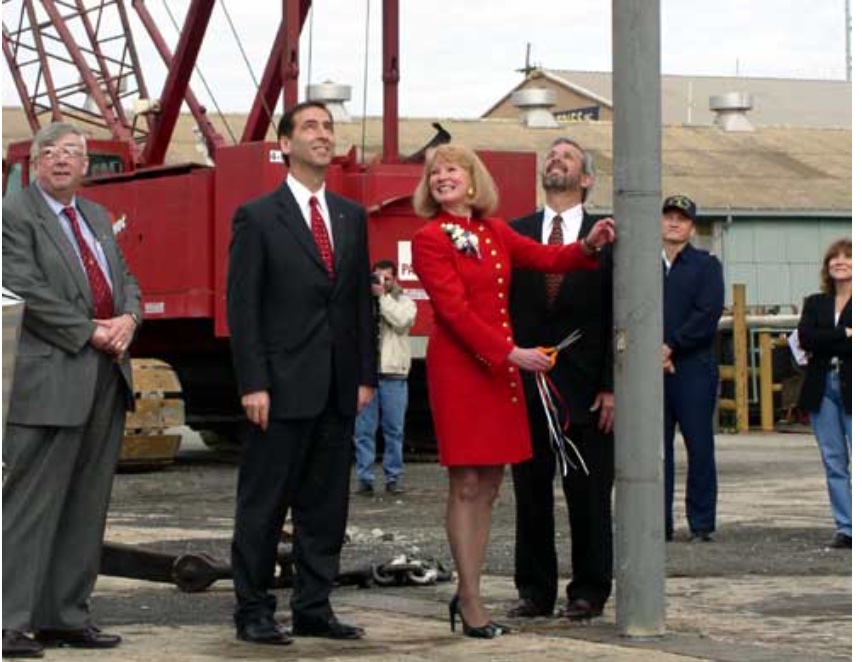By JONATHAN FAULKNER
Silicon Valley tech-giant, Marc Andreessen, recently published “The Techno-Optimist Manifesto,” which documents the belief system of our nation’s leading innovators. In it, Andreessen describes a very conservative-minded sector of influencers. His optimism in technology is coupled with a prescription for unleashing the spirit and ingenuity of modern America and delivers a message of hope for freedom-loving people everywhere.
True, Andreessen avoids religion and the de-humanizing impacts of technology, but he boldly asserts the tenants of a philosophy that conservatives and libertarians will find authentic, coherent, and refreshing.
Declaring his Techno-Optimism to be a material philosophy, not a political one, Andreessen unapologetically embraces the ethos of material abundance that comes from free markets and technology, arguing that these forces create the leisure and freedoms that allow humans to choose how we want to live.
Free enterprise is defended as the greatest force to lift humanity out of misery and into prosperity than any other in history. Believing free markets are an inherently individualistic way to achieve superior collective outcomes, Andreessen declares centralized planning as too complex and doomed to fail. Decentralization and free markets are far superior forces that harness complexity and exploit the best of us for the benefit of all.
Andreessen’s heroes embrace accountability and individualism, competition, and achievement. They believe in unfettered discourse and reject censorship. They are unwavering in their belief that markets are the most effective means to relieve suffering for the greatest number of people, and that there is no antagonism between profits and social welfare. Rather, these interests are aligned, since it is the production capacity of free markets that generates the wealth that pays for virtually everything.
“We believe free markets are the most effective way to organize an economy…only free markets impose lasting discipline…When market discipline is absent, there is corruption and craziness. Markets prevent monopolies and cartels.”
Andreessen’s techno-optimist believes fundamentally that wages should be determined by the marginal contribution to production of the worker, and that technology drives wages and productivity up, not down. Rejecting universal basic income as leading to “…zoo animals farmed by the State”, he regards freedom as the central pillar of human pride and well-being. Citing Adam Smith, he reminds the reader that this system does not rely on the good intentions of our fellow man:
“It is not from the benevolence of the butcher, the brewer, or the baker that we expect our dinner, but from their regard to their own self-interest. We address ourselves not to their humanity but to their self-love, and never talk to them of our own necessities, but of their advantages.”
Andreessen acknowledges enemies, but they are not bad people, only bad ideas—like anti-merit, anti-ambition and anti-achievement. He blames the last half century’s “demoralization campaign” on misguided infatuation with failed ideas like Communism, statism, collectivism, central planning, and socialism. These distortions have been propagated by old institutions that were once invigorated by the search for truth. Now, they are “…compromised and corroded and collapsing – blocking progress in increasingly desperate bids for continued relevance, frantically trying to justify their ongoing funding despite spiraling dysfunction and escalating ineptness.” He continues:
“Our enemy is the ivory tower, the know-it-all credentialed expert worldview, indulging in abstract theories, luxury beliefs, social engineering, disconnected from the real world, delusional, unelected, and unaccountable – playing God with everyone else’s lives, with total insulation from the consequences.”
Finally, Andreessen avoids globalist agendas in favor of narrower prescriptions for progress. He replaces climate change rhetoric with confidence in nuclear fusion and with harnessing human intelligence. Likewise, technology is the antidote to environmental destruction since only a technologically advanced society can protect and improve our environment, while a technologically stagnant society ruins it. He cites communist countries as the worst examples of environmental devastation. “We believe in nature” he writes, “but we also believe in overcoming nature. We are not primitives, cowering in fear of the lightning bolt. We are the apex predator; the lightning works for us.”
For the God-fearing among us, there is hope even in this last statement, since peaceful realization of our earthy gifts can still derive from–and serve–a Divine purpose.
Jon Faulkner is the president of Alaska Gold Communications Inc, the parent company of Must Read Alaska.










